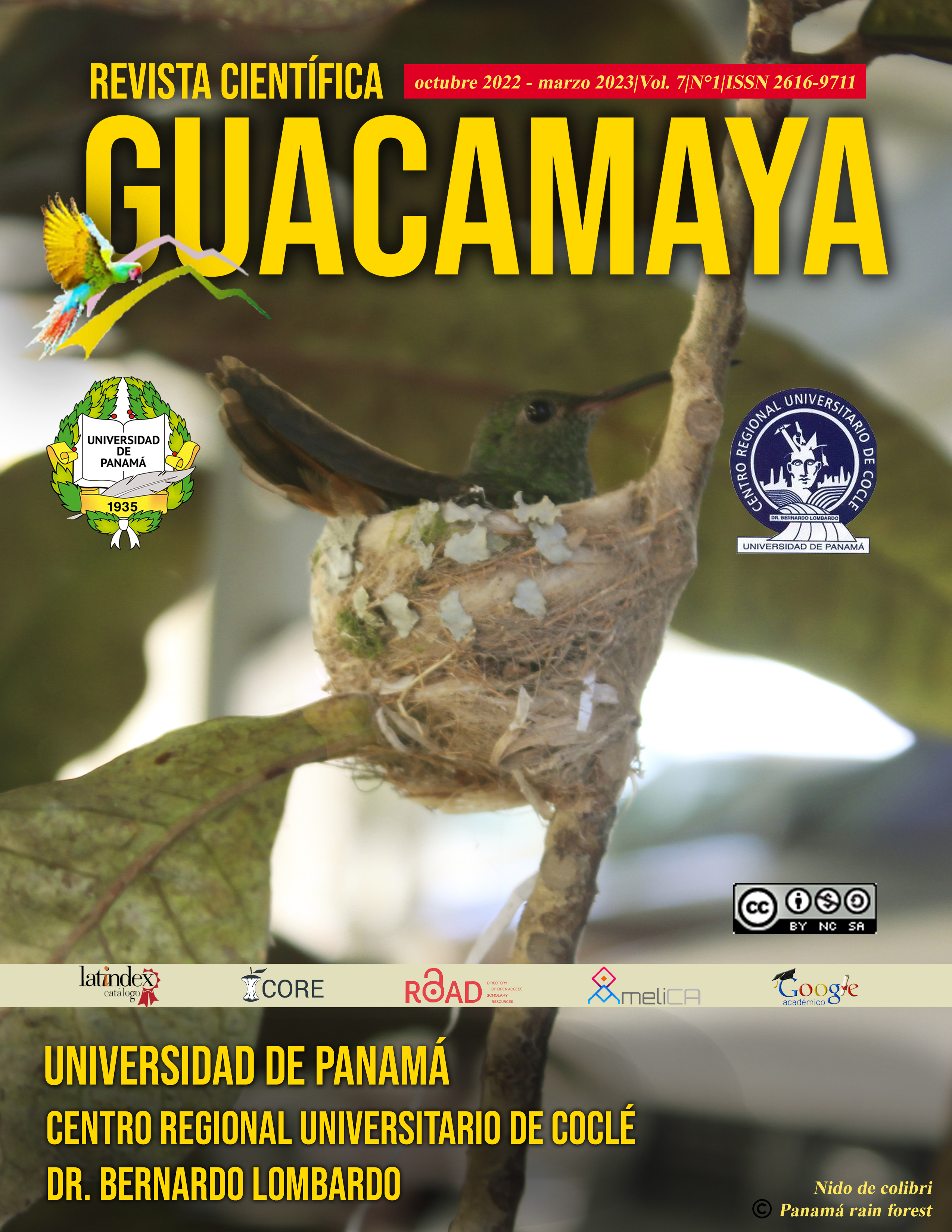


This work is licensed under a Creative Commons Attribution-NonCommercial-ShareAlike 4.0 International License.
Research on the effectiveness and adherence to exercise is usually framed in different parameters to identify its effects both physiologically and psychologically. This review seeks to define what those physiological benefits are that show us the greater or lesser effectiveness of moderate intensity continuous training protocols (MICT) compared to high intensity interval training protocols (HIIT). In addition to reviewing its positive or negative effects on a psychological level and that can affect adherence to training.
The objective of this research is the bibliographic review of the different protocols where the characteristics of each one can be highlighted, taking into consideration the heating and cooling periods, the duration, the intensity of the same and the physiological effects such as the maximum consumption of oxygen (VO2max), functional residual capacity (FRC), cardiometabolic health, mitochondrial content, weight loss and body fat. And among the psychological effects we can highlight the greater or lesser adherence, the level of enjoyment and the negative and positive responses of the different protocols.